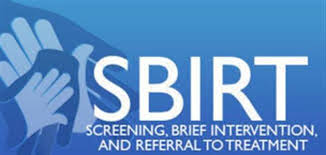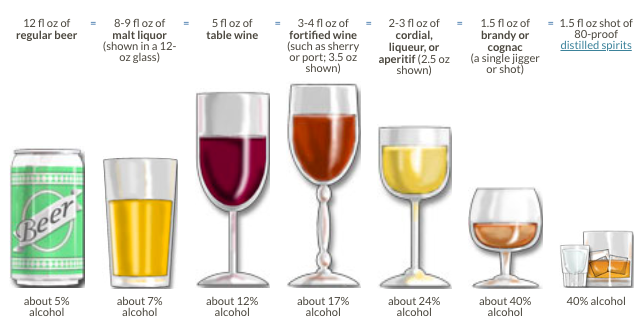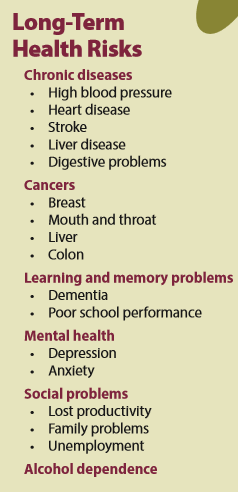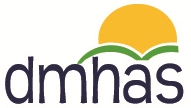
Screening, Brief Intervention and Referral to Treatment (SBIRT)
(860) 418-6979
SBIRT is an evidence-based prevention and early intervention initiative designed to increase the identification of adults, through universal screening, for substance use problems. SBIRT identifies adults who are at moderate to high risk of developing physical health, psychiatric and psycho-social problems related to substance misuse.
What is a Standard Drink?

The SBIRT model identifies a substance use problem as…
EXCESSIVE USE

SBIRT
SBIRT uses a public health approach to universally screen for substance use problems.
SBIRT provides an immediate rule out of non-problem users.
SBIRT identifies adults who would benefit from brief advice and education.
SBIRT identifies adults who would benefit from further assessment.
KNOW THE RISKS


RESOURCES:
- A-SBIRT at DCF - Adolescent Screening, Brief Intervention, & Referral to Treatment NEW!
- CT. Dept. of Social Services - Medical Assistance Program - Provider Bulletins:
- ASSIST FC - screening tool (1 page) (NEW shorter version of ASSIST)
- ASSIST - screening tool (5 pages)
-
CT SBIRT Program - One Page Overview(revised 10/14/15)
-
Brief Treatment for CT SBIRT - Karen Steinburg Gallucci (20 slides) (3/5/12)
-
Substance Use Disorder Treatment Resource Guide - a listing of services in CT
- A Guide to Lower-Risk Drinking - Spanish Version
- Marijuana: A Guide to Quitting
- Marijuana: Facts and Advice - Spanish Version
- CT SBIRT Brief Treatment for the CT Military Support Program

